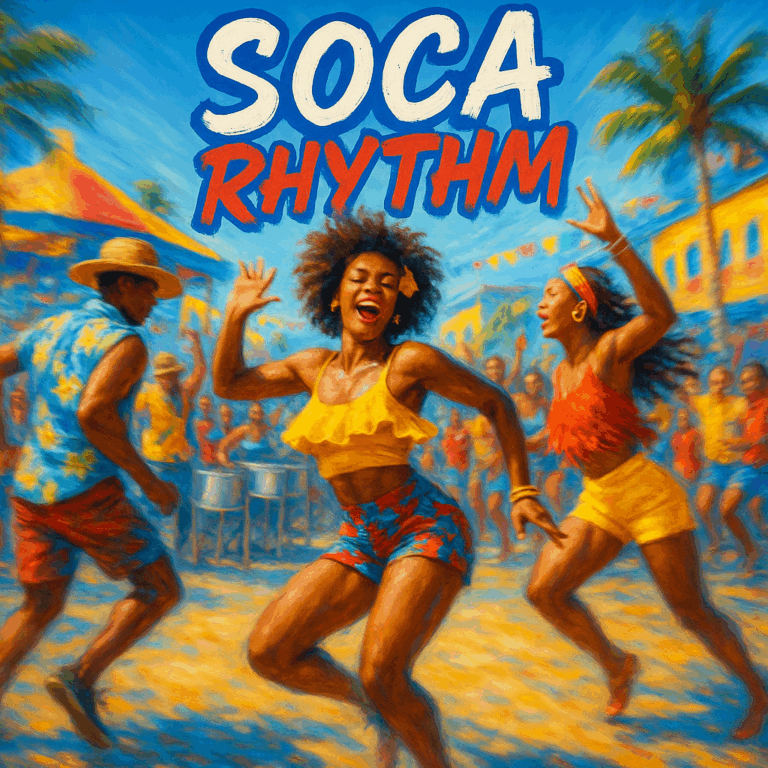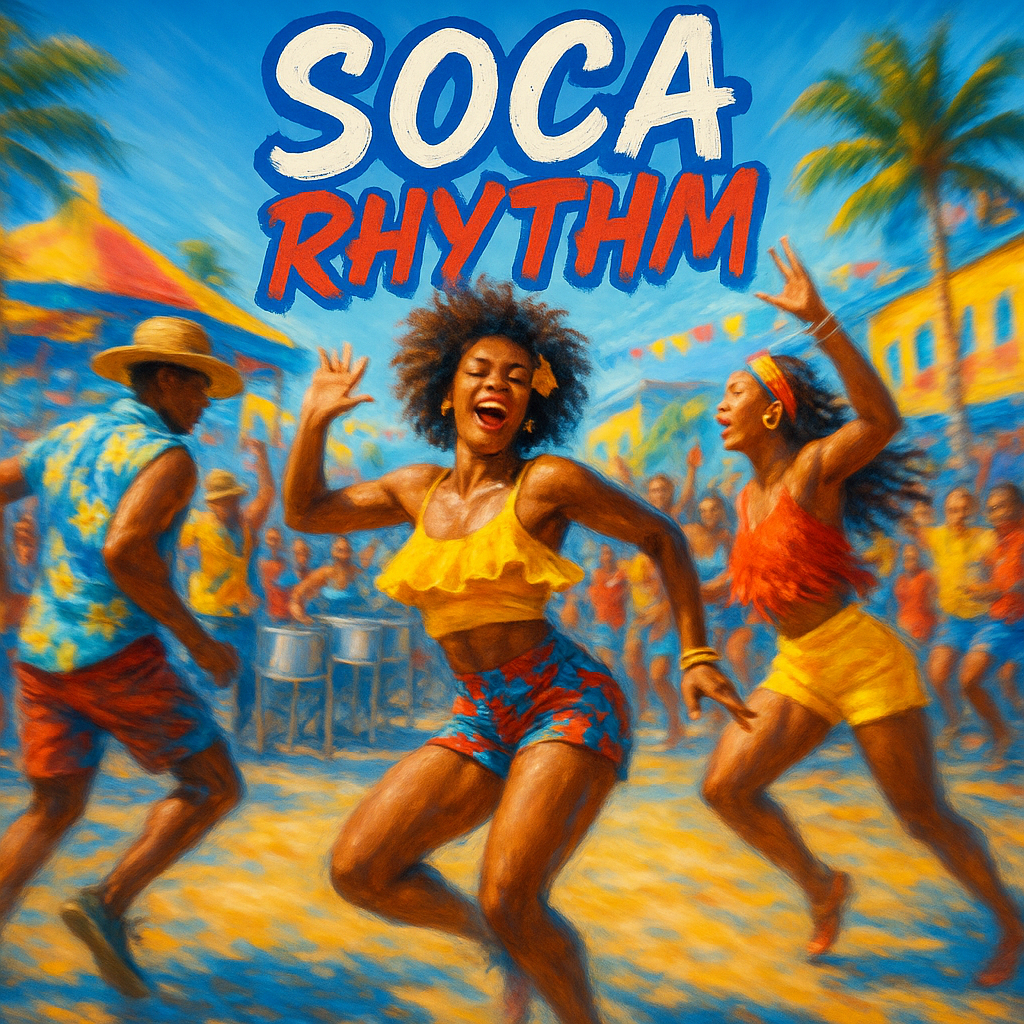Soca: The Heartbeat of Caribbean Celebration
When the first thunderous beat of soca music fills the air, something magical happens. The rhythm takes hold, bodies start moving, and the spirit of the Caribbean erupts into pure, unbridled joy. Soca is more than just a musical genre – it’s a cultural phenomenon that represents the vibrant soul of Caribbean communities, pulsing with energy, freedom, and pure celebration.
Originating in Trinidad and Tobago during the early 1970s, soca emerged as an evolution of calypso music. The term “soca” itself is believed to be a fusion of “soul” and “calypso,” coined by legendary musician Lord Shorty (Garfield Blackman). Lord Shorty recognized the need to create a more contemporary sound that could appeal to younger generations while maintaining the storytelling and social commentary traditions of calypso.
Historical Roots and Cultural Significance
The birth of soca is deeply intertwined with the complex cultural landscape of Trinidad and Tobago. After centuries of colonial influence, the Caribbean people needed a musical form that could express their resilience, joy, and identity. Soca became that powerful medium – a musical style that could simultaneously celebrate life and address social issues.
Unlike its predecessor calypso, which often featured slower tempos and more serious lyrical content, soca introduced faster rhythms, electronic instrumentation, and a more dance-oriented approach. The music incorporated elements from various musical traditions, including Indian rhythms, African drumming techniques, and contemporary pop influences.
“Soca is freedom,” says veteran musician Machel Montano, “It’s about breaking boundaries and expressing yourself without reservation.”
Musical Characteristics
Soca’s distinctive sound is characterized by several key elements. High-energy percussion, especially steel drums and electronic beats, create an irresistible rhythm that compels listeners to move. The tempo is typically fast, ranging between 130-160 beats per minute, designed to create an immediate dance response.
Lyrically, soca songs often fall into two main categories: pure celebration tracks and social commentary pieces. During Carnival season, these songs become anthems that unite communities, telling stories of pride, resistance, and collective joy.

Notable Soca Artists
1. Machel Montano
Often called the “King of Soca,” Machel Montano has been instrumental in globalizing the genre. Since starting his career as a child prodigy, he has consistently pushed soca’s boundaries, collaborating with international artists and bringing Caribbean music to global audiences.
2. Destra Garcia
Known as the “Queen of Bacchanal,” Destra Garcia represents the powerful female voice in soca. Her energetic performances and empowering lyrics have made her a beloved figure in Caribbean music circles.
3. Kevin Lyttle
With his international hit “Turn Me On,” Kevin Lyttle introduced soca to mainstream global audiences, demonstrating the genre’s potential to cross cultural boundaries.
Where to Experience Soca
The ultimate soca experience happens during Carnival, particularly in Trinidad and Tobago. However, Caribbean communities worldwide host vibrant soca events. Major festivals like Toronto’s Caribana, Brooklyn’s West Indian Day Parade, and London’s Notting Hill Carnival offer incredible platforms to experience this electrifying music.
Locally, Caribbean cultural centers, dance studios, and music venues frequently host soca nights. Online platforms like YouTube and streaming services also provide access to live performances and contemporary soca tracks.
Global Impact
Beyond its Caribbean origins, soca has influenced global music scenes. Elements of the genre can be heard in contemporary pop, dance, and world music. Artists from different backgrounds have incorporated soca rhythms, demonstrating its universal appeal.
The music represents more than entertainment – it’s a form of cultural expression that speaks to resilience, joy, and community. Each beat tells a story of survival, celebration, and hope.
As the world becomes more interconnected, soca continues to evolve, bridging cultural gaps and spreading the infectious energy of the Caribbean. It remains a powerful testament to the creativity and spirit of Caribbean people – a musical form that doesn’t just represent a culture, but actively creates and celebrates it.
Whether you’re experiencing it during Carnival or at a local dance party, soca invites everyone to feel the rhythm, let go of inhibitions, and embrace pure, unadulterated joy. In the words of Machel Montano, “Soca is not just music – it’s a way of life.”




